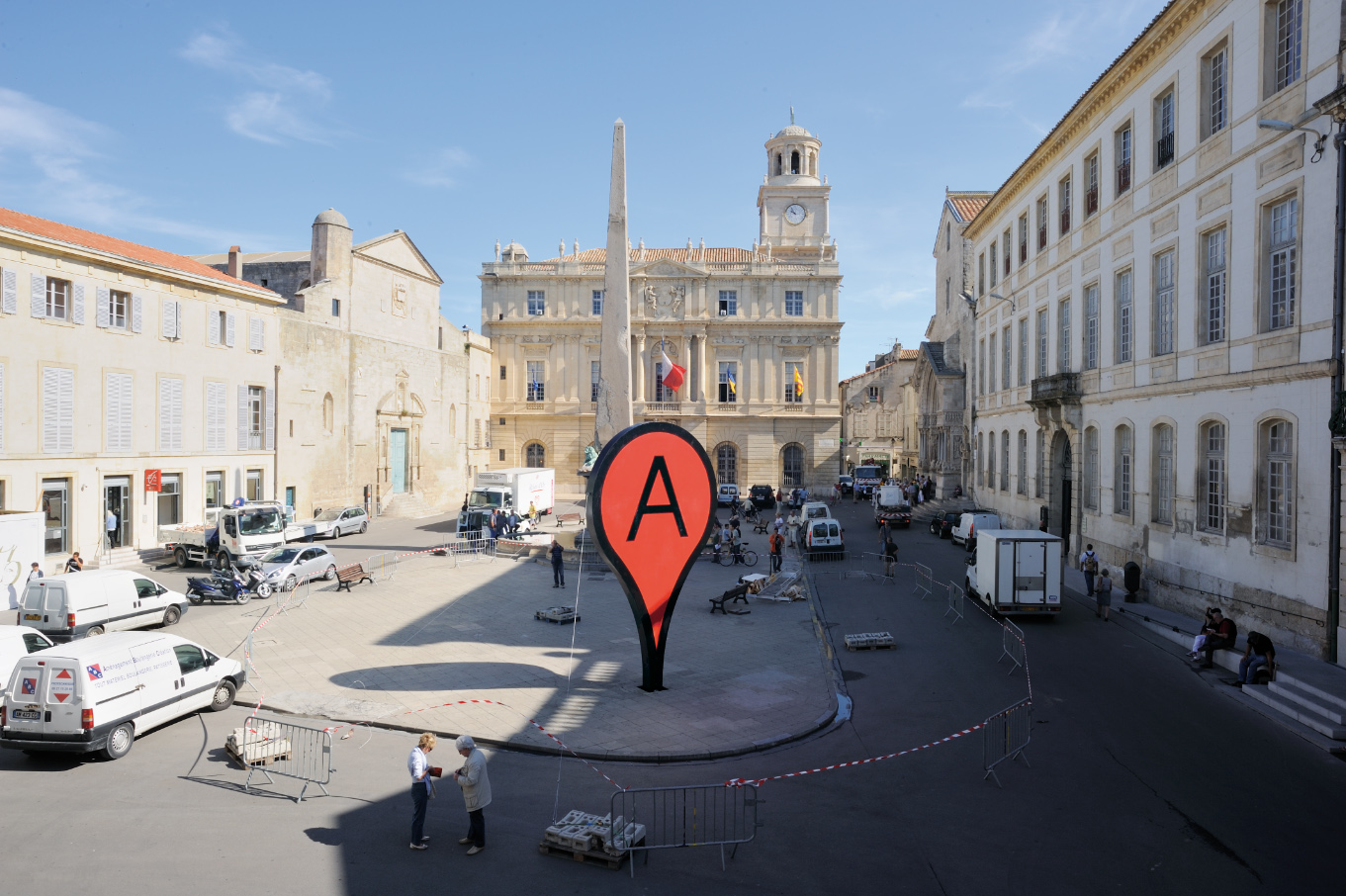Thinking Out Loud #3: Starting Point
A month passed since the last post of this series. Apologies for that, but deadlines are getting closer.
While working on the theme of V51 we did not only learn new facts on technology, but we were also confronted by the different ways in which technology is perceived, especially from certain architectural communities.
Many probably will not share our enthusiasm in delving into technology, stretching once again the discourse of architecture to radically new realities like the blockchain, space industry developments, new pedagogies and Silicon Valley’s geopolitics.
In fact, it seems that certain communities are more interested in addressing the digital as the only technological reality worth of the architects’ attention. BIM, Augmented and Virtual Realities are surely innovative technologies that will and are already shaping the practice, the field, and the built environment. But, that seems reductive to us.
Arguing that those tools are the only technological matter that architects should be concerned with, forgetting about infrastructure, logistics, policies etc is like advocating that a city becomes smart only because it is filled with sensors that capture data: it is true only in the smaller picture.
The bigger picture is both far more complex and ambiguous than such a selective understanding of the fundamental changes new technologies brought. Changes that are already undergoing in the way we, as humans, organize our life and the life of other beings on the planet.
Do we have better answers? Probably not (we are working on that), but maybe a better framing of what the architects should be involved in or care about.
Architecture has been an effective tool not only to build shelters but also to organize society, the life of the citizens, to manage complex services and therefore for influencing social dynamics. But it always functioned in relation to political systems, economic ecologies, and cultural norms, hardly ever disrupting them.
Technology now took on many of the roles architecture was responsible for, and it did so with groundbreaking effects.
That is probably no big news. But it is the starting point of our research.
